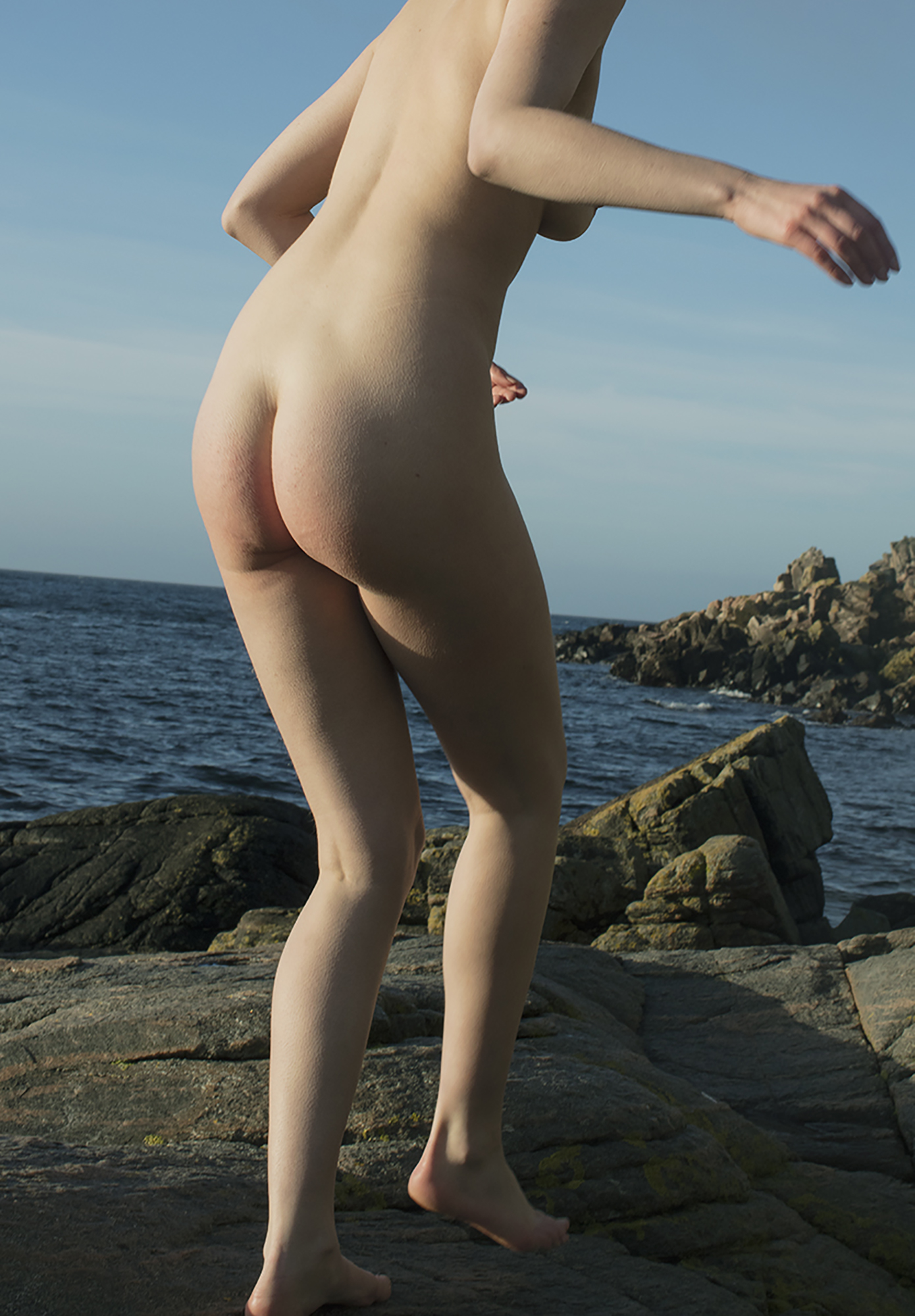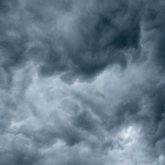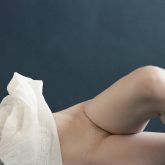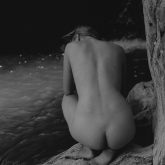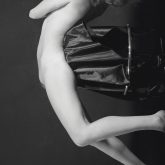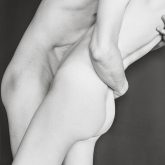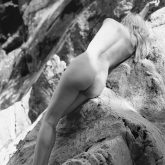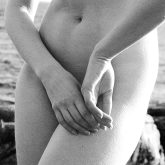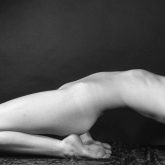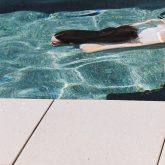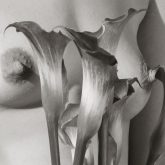THE MASK HAS TEETH
On femininity, persona, and the politics of being seen
What if femininity were a performance with no backstage?
What if the face you wear to survive is also the face that sets you free?
This body of work begins with a question and unfolds into a provocation. Through self-portraits and images of women in disguise, it explores the shape-shifting power of the mask—not as something that hides, but as something that exposes. The mask becomes a mirror, a second skin, a ritual space where the self fractures and multiplies.
Drawing from mythology, cinema, literature, and classical iconography, the work traces the afterlives of femininity across time. It stages a confrontation with the ghosts that cling to the female image: the bride, the virgin, the mother, the hysteric, the muse. These are not neutral archetypes—they are scripts written by patriarchy, fantasies dressed up as destiny. They are projections. Fetishes. Traps.
The female body, historically, has not been seen—it has been watched. Interpreted. Claimed. A surface onto which fantasies are endlessly projected. Too much or too little. Too loud or too passive. Woman, here, is never quite herself; she is either not enough or far too much.
What this work does is take those projections and push back. It doesn’t seek to escape representation, but to weaponize it. It asks: what happens when you reclaim the performance? When you step into the stereotype not to obey it, but to bend it, distort it, dissolve it from the inside out?
In Womanliness as a Masquerade (1929), psychoanalyst Joan Riviere proposed that femininity itself is a mask—an anxious performance staged to avoid punishment when women cross into traditionally male domains of power. Femininity, she argued, is not natural, but strategic. The masquerade becomes a negotiation between visibility and survival.
Swiss psychiatrist Carl Jung went further: he called this the persona—the mask we wear to be seen by society, a necessary fiction that both protects and conceals. But what if the persona is not a lie? What if the mask reveals something deeper than what we call the “true self”?
These photographs inhabit that question. Each image is a collision between self and symbol, desire and demand. The subject is shown wearing roles she did not choose, yet refuses to reject. Instead, she turns them inside out. The Victorian lady looks back with fire in her eyes. The Southern belle is undone. The damsel saves herself. The bride bleeds.
The photographic series presents a gallery of female figures rooted in the collective imagination: the bride, the mother, the maiden, the damsel in distress, the Southern belle, the Victorian lady. These archetypes are not simply performed, but inhabited, deconstructed, sometimes disrupted. The subject does not just wear these roles—she navigates through them, reshaping them on her own terms.
The woman is not one thing—she is all of them, at once. And none.
There is power in this multiplicity. Power in refusing coherence, in stepping out of the frame that was built to contain you. The work resists the fantasy of a singular, authentic femininity. It resists the comfort of fixed meaning. Instead, it offers something far more dangerous: transformation.
To wear a mask is not to lie.
To wear a mask is to claim the right to be unreadable. To withhold. To perform without apologizing.
In this terrain, the mask has teeth. And she knows how to use them.
